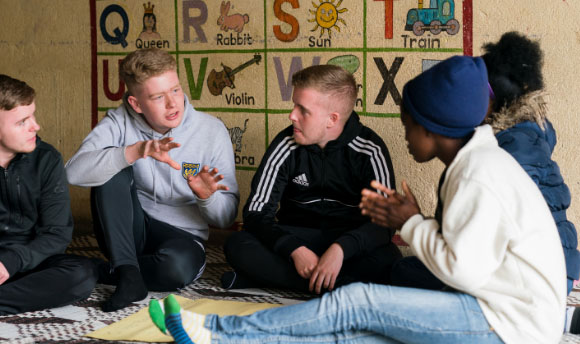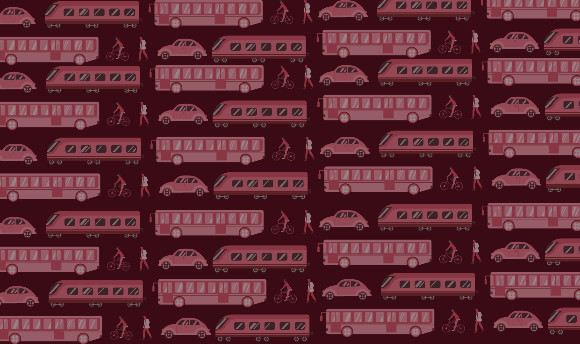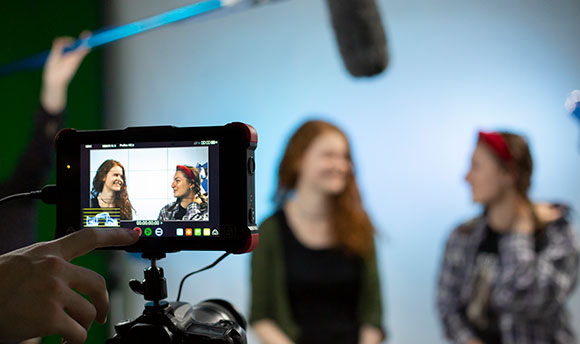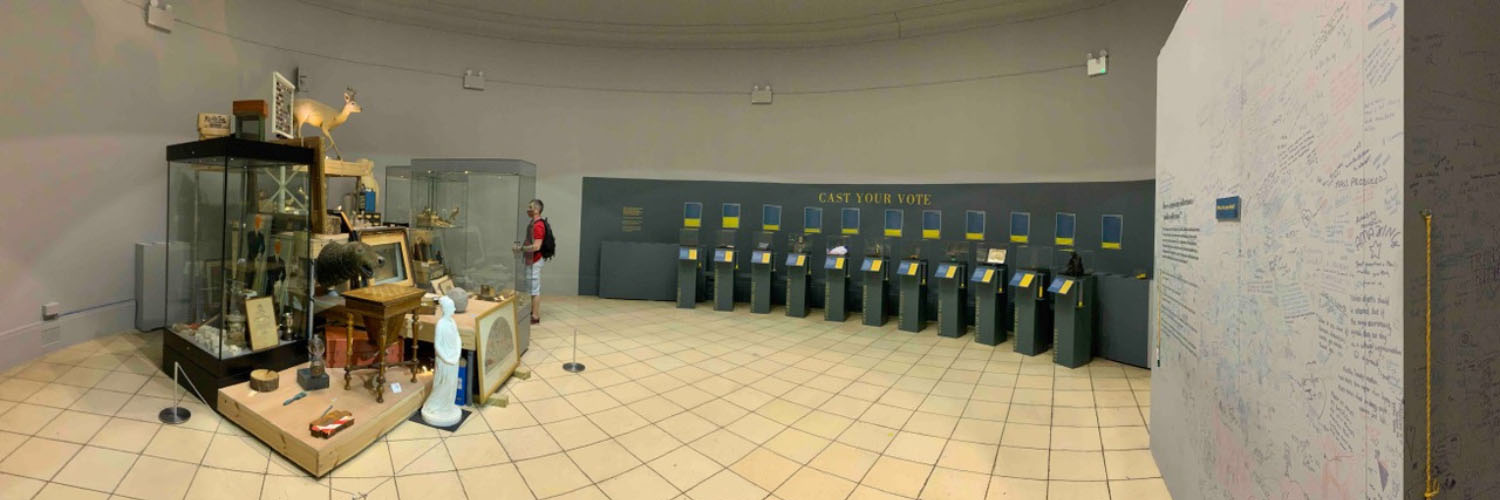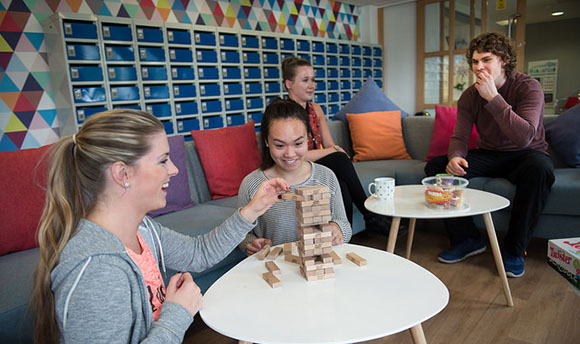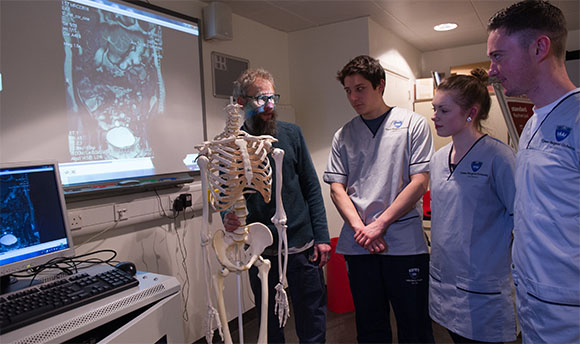As coronavirus has spread, reports suggest online bullying is spreading in tandem.
One such report by organisation '1ght' (external PDF) uses Artificial Intelligence (AI) to monitor harmful online speech. 1ght analysed millions of websites worldwide in a four-month period, spanning from late December 2019 to the end of March 2020. They highlighted a 900 per cent increase in hate speech on Twitter directed towards China and the Chinese people, alongside a 200 per cent increase in website traffic to hate sites and anti-Asian posts. Over the same time period, they found a 70 per cent increase in ‘nastiness’ between children during online chats, attributing this to the extra time spent online now children are in coronavirus-induced lockdown. This chimes with information from the Australian national online safety regulator who reported a 21 per cent increase in reported cyberbullying this March. Academic research reports will take longer to surface, but are likely to echo this rise in instances of cyberbullying during the weeks of the coronavirus pandemic.
Bullying moved online long before our social worlds did, with the spread of coronavirus. We can trace the term cyberbullying back to Canadian teacher Bill Besley’s (2004) ground-breaking website. It is now commonly understood as any “aggressive, intentional act carried out by a group or individual, using electronic forms of contact, repeatedly and over time against a target who cannot easily defend him or herself” (Smith, Mahdavi, et al., 2008, p. 376). Cyberbullying is seen as a particularly pernicious form of bullying, precisely because those who bully online do not have to be physically present in order to attack, and targets of this bullying are less able to avoid such aggression. Left unchecked, cyberbullying is associated with a host of negative mental and psychosocial problems (Kwan et al., 2020) which is why it is critical to prevent its spread.
Estimates of rates of cyberbullying vary enormously, depending on the parameters used to measure it. Brochado, Soares, and Fraga (2016), analysed 159 prevalence studies (i.e. instances of bullying), discovering that victimisation over the 12 months prior to 2016 ranged from 1 per cent to 61.1 per cent Given that their stats varied enormously on cyberbullying perpetration rates, too, it is incredibly difficult to ascertain just how much bullying is actually taking place. It is also difficult to quantify witnesses to online bullying, though it is likely to be higher than traditional bullying, given the global reach of social media. What we can say with some certainty is that, even before coronavirus, a majority of children are likely to have experienced cyberbullying – or to have known someone who has.
What drives cyberbullying?
A large body of research points to anonymity as the root cause of instances of cyberbullying. It is known that people behave more anti-socially online than they do in face-to-face interactions (Patchin & Hinduja, 2006). A study by Kowalski and Limber (2007) found that nearly half of the targets of cyberbullying in their study did not know who their aggressors were. Moore et al. (2012) found that on the Question and Answer forum, FormSprings.me, the aggressiveness of posts was directly related to anonymity. However, only one study thus far, which used middle school students as the sample, shows that anonymity directly led to increased levels of cyberbullying (Wu & Lien, 2013).
What can we do?
According to a recent report, the COVID-19 outbreak sees social media use up by 61 per cent. We are spending more time online, and in order to work and socialise, we arguably need to do so. Yet, if almost half of Kowalski and Limber’s participants did not know who their aggressors were, then more than half of them did. Anonymity then is not the only driver of cyberbullying. And, if there are other factors at play, then logically we have the power to help drive cyberbullying down. We know that for cyberbullying to stop, it needs to be identified and reported. A number of sites have published useful information on cyberbullying.
- The CyberSmile Foundation have made all their education resources, including tackling cyberbullying, free during the COVID-19 outbreak.
- UNICEF have published guidance on cyberbullying.
- The NSPCC also has dedicated advice on tackling cyberbullying
- ThinkUKNow have tips on staying safe online
Making sure that this kind of information is spread, and acted upon, is likely to help us stamp out cyberbullying, and stop it going viral alongside COVID-19.
